Description
Hydrofluoric acid (HF) is a highly corrosive solution of hydrogen fluoride in water, known for its ability to cause severe burns and deep tissue damage. It is widely used in various industrial applications, including glass etching, metal cleaning, and the production of refrigerants and herbicides. Due to its toxic nature, exposure can lead to systemic toxicity, necessitating immediate medical attention. What is Hydrofluoric Acid?
- Hydrofluoric acid is an aqueous solution of hydrogen fluoride (HF).
- It is a colorless, corrosive acid that can be dangerous upon contact with skin, eyes, or lungs.
- Despite being classified as a weak acid, it is highly reactive due to the fluorine ion, allowing it to penetrate tissues and cause significant harm.
Industrial Applications of Hydrofluoric Acid
- Glass Manufacturing: Used to etch glass and create smooth, transparent surfaces by disrupting silicon-oxygen bonds.
- Metal Cleaning: Effective in rust removal and surface preparation for metals.
- Petrochemical Industry: Acts as a catalyst in the alkylation process, enhancing crude oil yields and quality.
- Pharmaceuticals: Essential in the production of fluorine-containing compounds, including certain antibiotics and medications like Fluoxetine (Prozac).
- Agriculture: Utilized in the formulation of herbicides and pesticides.
Safety Measures and Handling
- Hydrofluoric acid requires careful handling due to its corrosive nature.
- In case of exposure, remove contaminated clothing and wash the affected area with copious amounts of water.
- Seek immediate medical attention if contact occurs, as systemic toxicity can arise from skin absorption.
- Use acid-resistant pH sensors for measuring concentrations, as traditional glass electrodes can be damaged.
Environmental Considerations
- Hydrofluoric acid can be released during industrial processes, necessitating proper ventilation and emergency protocols.
- Its potent odor may not always serve as a reliable warning for exposure, making it crucial to monitor air quality in industrial settings.
Conclusion
Hydrofluoric acid is a versatile chemical with significant industrial applications, but its hazardous nature demands strict safety protocols and awareness of its effects on human health and the environment. Proper training and equipment are essential for anyone working with this powerful acid.

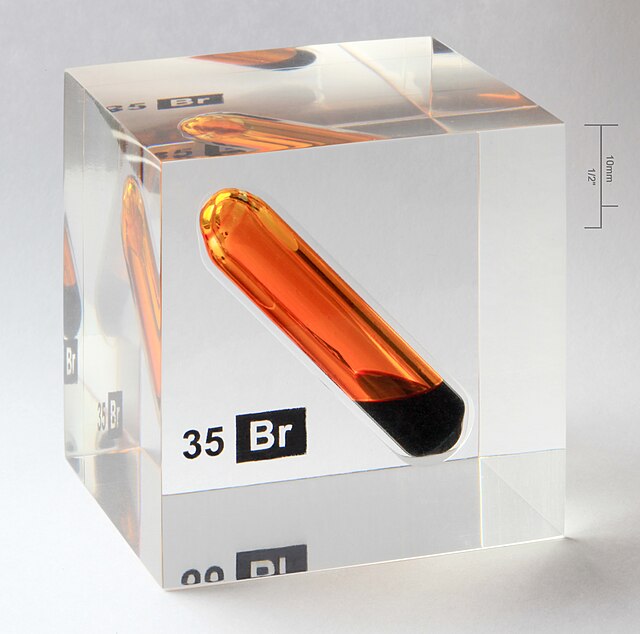
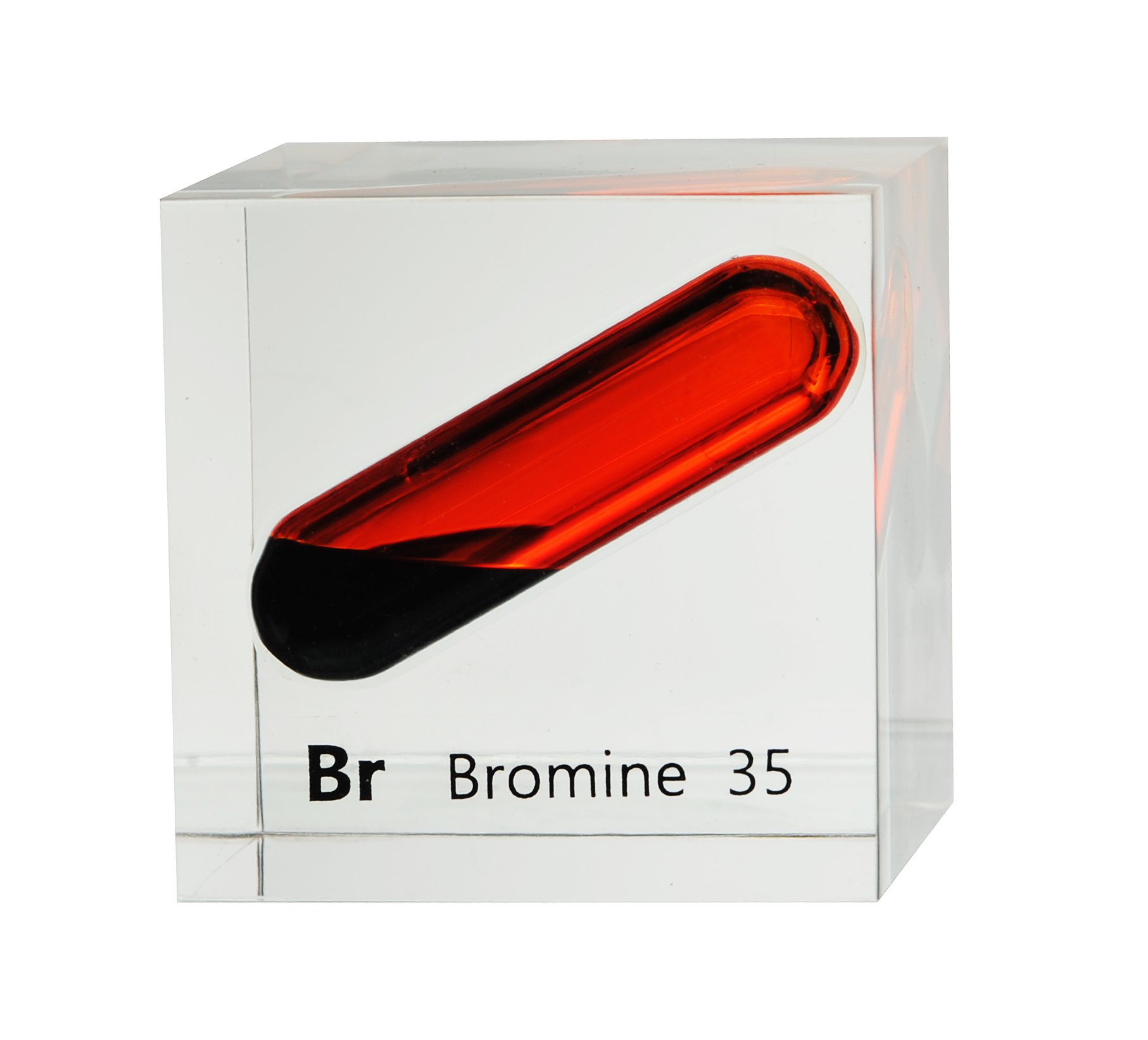


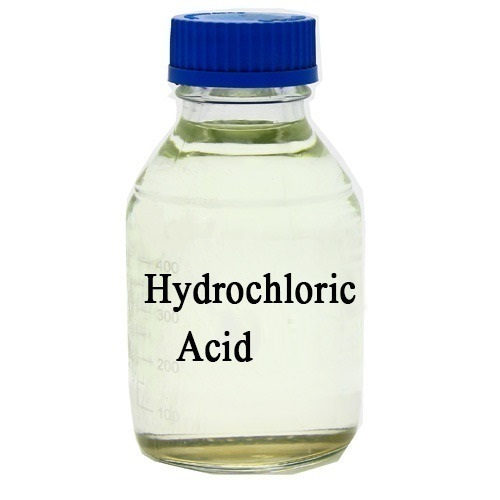

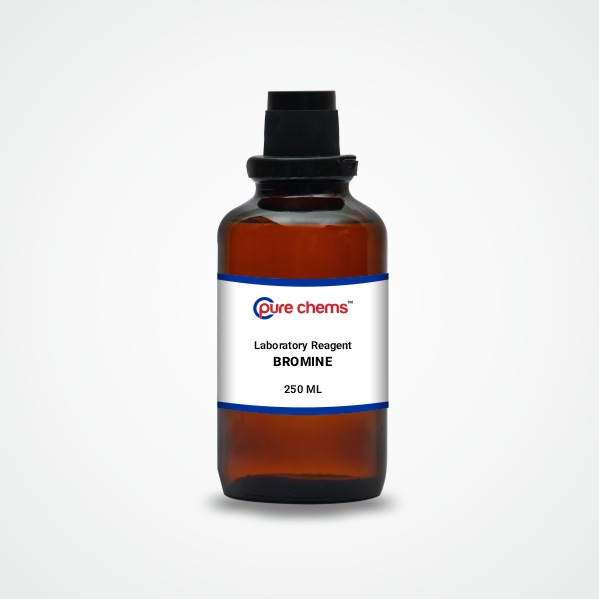

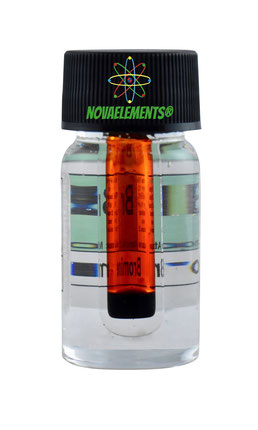


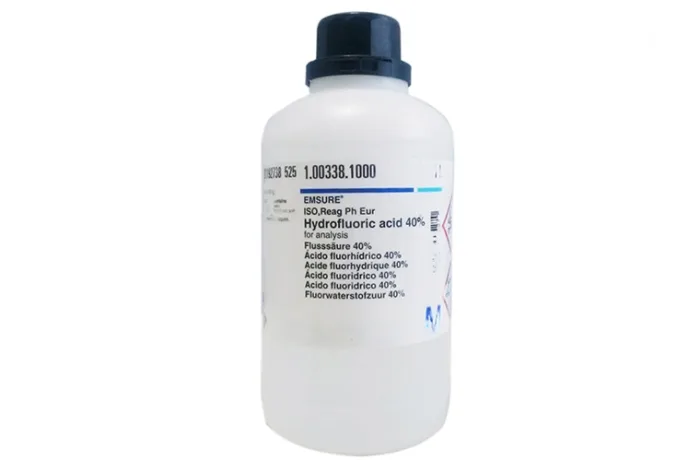

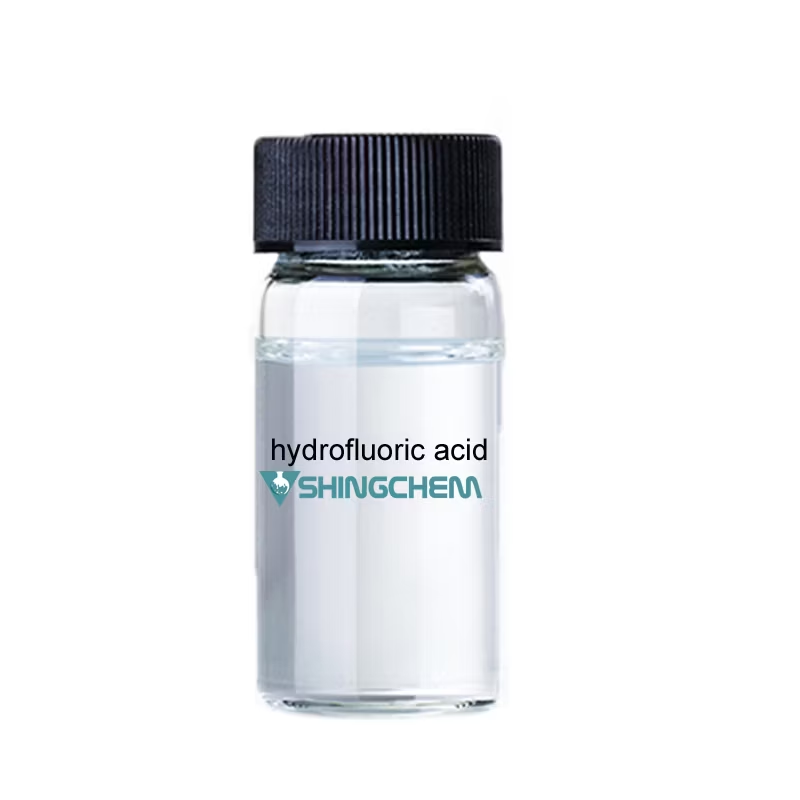
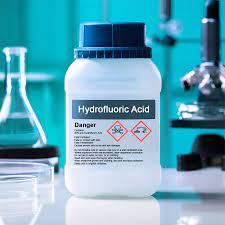


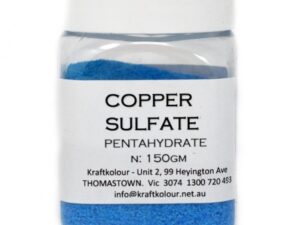


Reviews
There are no reviews yet.